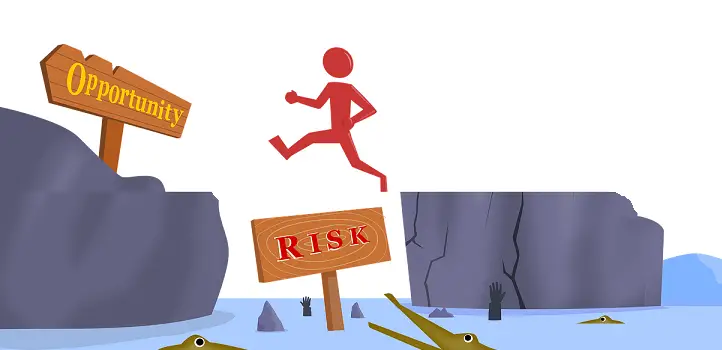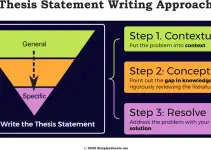What is opportunity cost? How can this economics concept become a useful tool in decision making? Read on to find out.
Opportunity cost is one of the important concepts I have learned in the course of teaching environmental economics. Understanding the idea has helped me a lot, especially in those times when I need to make decisions or choices given a set of alternatives.
What is opportunity cost, and how can knowledge and application of the opportunity cost concept become useful in decision making?
Opportunity Cost Defined
Opportunity cost is simply the cost of the next best alternative presented to you during a decision situation. The decision-making situation below clarifies this concept.
Example of a Decision Making Situation: Take a Long Vacation?
You might, for example, be allowed to decide whether to take that long vacation you longed to make for many years. You find yourself well entrenched in the current work that you are in, where your decision will spell the future direction of your life. The question then is:
“Will you give up your current preoccupation because of your desire to have that restful respite from the hustle-bustle of work life?”
What is the opportunity cost once you decide in this case?
There will be a range of alternatives that will present themselves to you. And these alternatives have their own set of advantages and disadvantages.
How will you know which of these is the next best option for you?
Rating the Different Alternatives
It will help if you will enumerate and rate the different alternatives based on your values, preference, or need/want. These values, preferences, and needs vary across individuals, so someone faced with the same circumstance will decide differently from another person.

One way to make clear the value of these alternatives is the use of a decision technique that uses numbers. To sum it up, the method makes use of a scale of 1 to 10, where you rate each alternative according to your subjective evaluation of its value.
After rating all the alternatives, you can now choose which among those alternatives have the highest score, just by adding up all the advantages and disadvantages of each option. The choice with the highest value is your next best alternative and is your opportunity cost.
Another Example of Opportunity Cost: What are you going to do with your $100?
Another much simpler example to demonstrate opportunity cost is the following situation.
You have $100 with you. Now, you would want to spend your $100 in a shopping mall in such a way that you will be able to enjoy it to its maximum utility, meaning, you want to make the most of it. You may have a range of choices like the ones given below, each one priced at $100.
- a lunch with friends
- an Android phone
- your medicine for asthma
- a pair of branded shoes
- a pair of glasses
Notice that given this range of choices, your values, preference, or need will determine your decision. You might put a premium on the camaraderie of your friends, and you are willing to give up all the other choices.
Once you decide to take lunch with friends as your best choice, you give up your opportunity to buy either an Android phone, your medicine for asthma, a pair of branded shoes, or a pair of glasses that you may likewise need or want. Any of these options will be your opportunity cost, but it is possible that, in reality, some of the alternatives presented to you may not be worth $100 to you.
The real opportunity cost, therefore, is the next best choice, which you will mostly take if you did not pay for that first option. Once you give up your $100 for a specific item, you lose your chance to purchase any of the items with likewise similar value to you. What you gave up is your opportunity cost.
© 2012 December 16 P. A. Regoniel
[cite]



